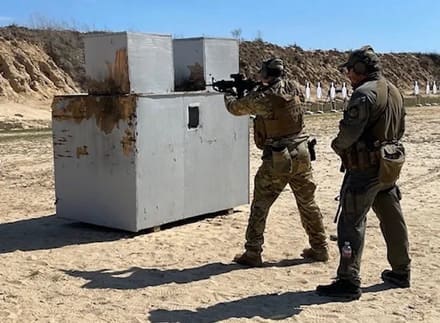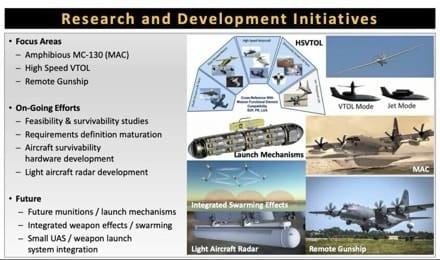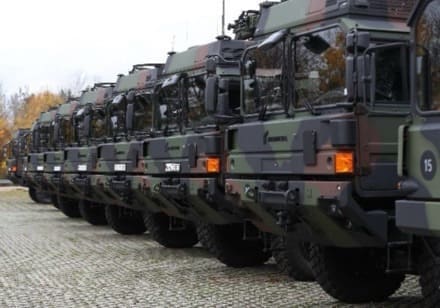• The Canadian Army’s Light Force infantry soldiers will be the primary users of the Light Tactical Vehicles and Tactical Mobility Platforms.
• The Light Forces Enhancement Project is split into two phases, and each will have a separate, competitive bidding process, which means different vehicles could be procured during each phase. Timelines for the second phase of this project will be confirmed as work progresses.
• The life expectancy for the new fleet is estimated at 15 years.
• Canada’s Industrial and Technological Benefits (ITB) Policy was applied to the LTV project in order to leverage economic benefits and grow the Canadian defence industry. GM Defense Canada Company will make targeted investments and business activity in Canada equal to the value of the contract.
• GM Defense Canada Company’s economic commitments are estimated to contribute $8.5 millionannually to Canadian GDP and create or maintain 60 jobs annually over a five-year period.
July 23, 2024 – Ottawa, Ontario – National Defence / Canadian Armed Forces
Today, the Honourable Bill Blair, Minister of National Defence, announced that Canada is investing $35.8 million(including taxes) to deliver 90 LightTactical Vehicles (LTVs) to Canadian Army personnel deployed in Latvia under Operation REASSURANCE – Canada’s mission in support of NATO’s assurance and deterrence measures.
This announcement comes as Canada’s military footprint in Europe, including Latvia, is growing. As the Framework Nation for NATO’s Multinational Battle Group Latvia, soon to expand to NATO Multinational Brigade Latvia, Canada will have more than 2,200 soldiers persistently deployed by 2026.
“Canada’s commitment to Latvia’s security is steadfast. Through this procurement and other key investments, Canada is doing its part to help scale up the multinational NATO Battle Group in Latvia to a full-size brigade – strengthening our defensive and deterrent posture on the Alliance’s eastern flank. We will always do what it takes to provide Canadian Armed Forces members with the tools that they require to accomplish their increasingly vital missions.”
–The Honourable Bill Blair, Minister of National Defence
This new fleet of vehicles will enable the Canadian Army to operate more effectively in complex terrain and isolated locations that larger vehicles cannot access. They will also be used to transport combat equipment, which will reduce the loads carried by individual soldiers.
To deliver these vehicles, Canada has finalized a contract with GM DefenseCanada Company of Oshawa, Ontario, for 36 cargo and 54 personnel variants of the vehicle. The personnel variant is designed for teams of up to nine soldiers, while the cargo variant is designed for two to four soldiers and larger cargo. Light Forces equipped with a combination of cargo and personnel variants will be able to carry weapons, personal effects, and combat supplies for 72 hours of self-sufficient operation.
The contract also includes integrated logistics support and up to two years of spare parts for the LTV fleet, as well as an option to procure up to an additional 18 LTV. The vehicles will be based on an off-the-shelf design so that they are delivered as quickly as possible.
“The LTV contract is an important step toward revitalizing the Canadian Army (CA)’s Light Forces. It will enhance our range and response times both at home and abroad. Our Light Forces can be called to deploy on very short notice in any type of environment and the Army has been seeking that type of platform in larger numbers for many years. Once received, we intend to deploy most of these vehicles to Latvia in the fall. By being positioned on the eastern border of the Alliance, these platforms will enable the quick projection of a light infantry battle group to Latvia to reinforce the Forward Land Forces (FLF) Brigade led by Canada. Through this investment, the CA is not only improving its operational readiness, but is also enhancing its deterrence posture on the eastern flank of NATO.”
–Lieutenant-General Michael Wright, Commander Canadian Army
The first five vehicles are expected to arrive in Canada later this month, and will be used as the training fleet. Initial Cadre Training by the Canadian Army is expected to begin in late August 2024, with the remaining vehicles expected to arrive in Latvia by early October 2024.
The LTV contract is the first phase of the Light Forces Enhancement (LFE) Project. LFE will deliver a specialized, new wheeled off-road vehicle capability to the Canadian Armed Forces’ Light Forces – which are rapidly deployable and optimized for terrain and conditions not suited to mechanized forces.
The LFE Project Phase 2 will see up to 222 Tactical Mobility Platforms – also in cargo and personnel variants – and up to 23 light trailers, delivered to CA Regularand Reserve Forces in Canada. As the LFE project is in two phases, each will have a separate, competitive bidding process, which means different vehicles could be procured during each phase.
















































































































